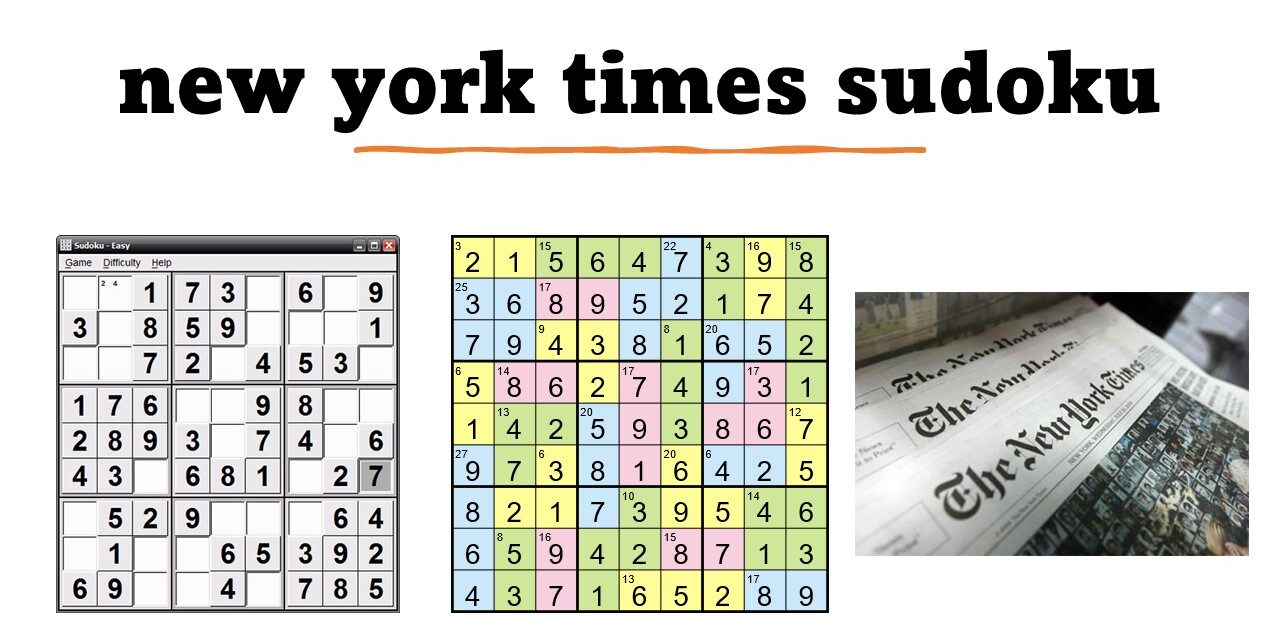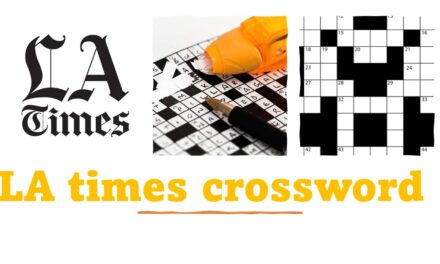Introduction
Sudoku is a popular nyt sudoku puzzle game that requires logical thinking and problem-solving skills. The New York Times (NYT) Sudoku puzzles are well-known for their varying difficulty levels, with the Hard puzzles posing a significant challenge for even the most seasoned Sudoku enthusiasts. In this article, we will guide you through the process of cracking the code and conquering the challenging NYT Sudoku Hard puzzle.
Understanding the Rules
Before diving into the puzzle, it is crucial to understand the rules of nyt sudoku. The puzzle consists of a 9×9 grid divided into nine 3×3 sub-grids. The goal is to fill the grid with numbers from 1 to 9, ensuring that each row, column, and sub-grid contains all the numbers without repetition.
Starting Strategies
When tackling a challenging nyt sudoku puzzle, it is essential to employ effective starting strategies. These strategies help you make educated guesses and eliminate possibilities, allowing you to gradually uncover the correct answers.
1. Scanning
Begin by scanning the puzzle for any obvious numbers or patterns. Look for rows, columns, or sub-grids with only one or two missing numbers. This information can provide a starting point for filling in the grid.
2. Crosshatching
Crosshatching involves analyzing each row and column to identify missing numbers. Start by focusing on one number and scan each row and column to see if it can fit in any empty cells. This method helps narrow down possibilities and eliminates incorrect options.
3. Pencil Marking
Pencil marking is a technique where you make small notes or “pencil marks” in the corners of empty cells. These marks represent potential numbers that could fit in a specific cell based on the surrounding numbers. As you progress through the puzzle, keep updating and erasing these marks to refine your possibilities.
Advanced Strategies
Once you have exhausted the starting strategies, it’s time to employ more advanced techniques to crack the code. These strategies involve identifying specific patterns and leveraging logical deductions to solve the nyt sudoku puzzle.
1. Naked Pairs
A Naked Pair occurs when two cells in a row, column, or sub-grid contain the same two numbers as the only possibilities. In this case, you can eliminate these numbers from other cells in the same row, column, or sub-grid, as they must be assigned to the Naked Pair cells.
2. X-Wing
The X-Wing technique involves identifying a pattern where two rows contain the same two possible numbers in the same columns, and two columns contain the same two possible numbers in the same rows. By eliminating these numbers from other cells in the corresponding rows and columns, you can solve the puzzle more effectively.
3. Swordfish
The Swordfish technique is an advanced strategy that requires identifying a pattern similar to the X-Wing but involving three rows or columns. By eliminating the corresponding numbers from other cells in the relevant rows or columns, you can make significant progress in solving the puzzle.
Practice Makes Perfect
Sudoku is a game of practice and perseverance. The more puzzles you solve, the better you become at recognizing patterns and employing strategies efficiently. Don’t get discouraged if you find the NYT Sudoku Hard puzzles challenging at first. With time and dedication, you will become a master at cracking the code.
Conclusion
The NYT Sudoku Hard puzzles may seem daunting, but with the right strategies and a bit of patience, they can be conquered. Understanding the rules, employing effective starting strategies, and utilizing advanced techniques like Naked Pairs, X-Wing, and Swordfish will help you crack the code and solve even the most challenging Sudoku puzzles. So grab your pencil, sharpen your mind, and dive into the world of Sudoku!





